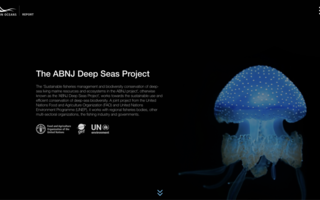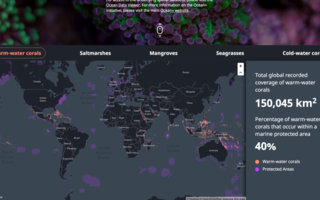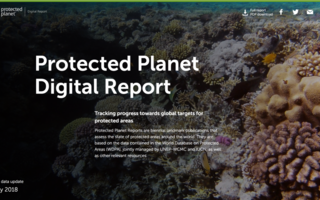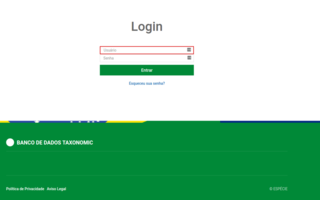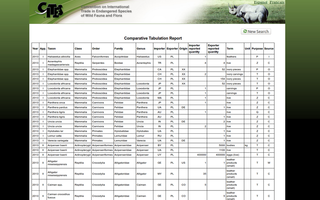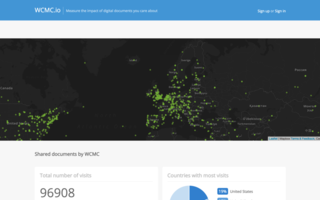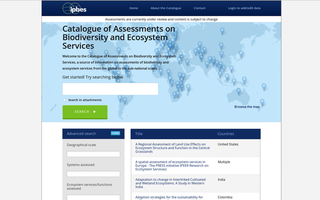We make excellent tools to explain and explore the value of the world's natural resources.
Some of our recent products are described below. If you would like to know more, please email Ben Tregenna

IUCN Urban Alliance
The IUCN Urban Alliance website has the following objectives: A central hub for showcasing urban aspects of IUCN’s work including projects, publications, tools, blogs, news, case studies and other resources; A community platform for debate and knowledge exchange on urban dimension of nature conservation; An amplification of the message that ‘urban nature matters’;and A signal of intent that IUCN is ready and willing to work with cities.

ENCORE
A web-based tool that enables users in the financial sector to visualise the exposure of economic sectors to natural capital risks according to their geographical location

Post 2020 Timeline
This interactive timeline provides information on the various events leading to the adoption of a new Strategic Plan for Biodiversity.

GRASP Apes Seizure Database
The Apes Seizure Database is the home of credible and current information relating to great apes taken from unlawful situations and the illegal trade in great ape parts and carcasses.

(Protected Planet > PARCC) Link
A collection of extra informations on Protected Areas involved in the PARCC (Protected Area Resilient to Climate Change) project in West Africa
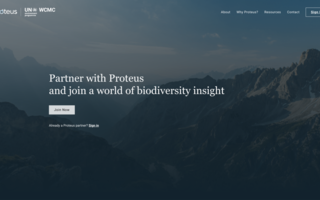
Proteus Partnership
Proteus is a forum of leading extractives companies who collaborate with UNEP's specialist biodiversity assessment arm: UNEP-World Conservation Monitoring Centre.

National Ecosystem Assessments
The Sub-Global Assessment Network (SGAN) is a community of practice that connects and supports individuals and organisations involved in ecosystem assessments at regional, sub-regional, national and sub-national levels

Captive Breeding Database
The EU Wildlife Trade Regulation Captive Breeding Database has been developed for EU CITES Authorities. It will allow Member States to share information on animal species listed in the EU Wildlife Trade Regulations which have been produced by captive breeding, ranching or mariculture. The data can be queried by species, facility or country.
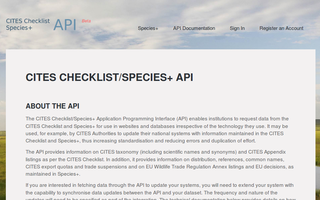
Species+ / CITES Checklist API
The CITES Checklist/Species+ Application Programming Interface (API) enables institutions to request data from the CITES Checklist and Species+ for use in websites and databases.

CITES Dashboards
The CITES Trade Data Dashboards provide an interactive, dynamic way of viewing the trade data submitted by CITES Parties in their annual reports to the Convention. Two points of entry are provided: the Global Dashboard, which displays global trade trends by taxonomic group, and the National Dashboard, which displays trade data by country or region.
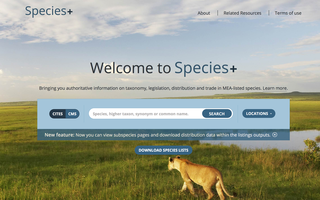
Species+
The Species Database contains information on CITES and EU Species and legal information issued by both entities. The project also has a management tool that allows the Species Staff at UNEP-WCMC to keep this information up to date. This project is part of the larger ISIP project.

CITES Checklist
CITES is a multilateral treaty to ensure that international trade does not threaten the survival of the species in the wild. This project allows you to explore over 34000 species of animals and plants and their degree of protection.
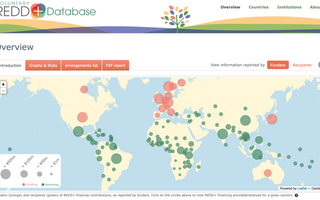
REDD+ Database
Explore the financial contributions made and received for an emerging climate-related conservation approach.
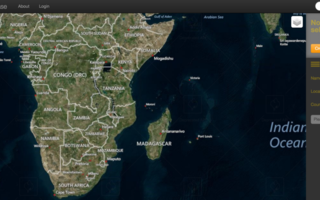
Global Islands Database
Real-time editing of 500,000 complex polygons describing the world's islands.
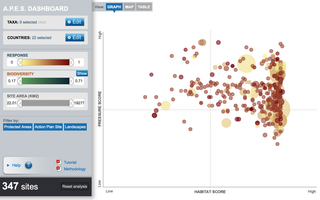
Apes Dashboard
Instant feedback about a complex dataset, displayed simultaneously as a graph, map and table.
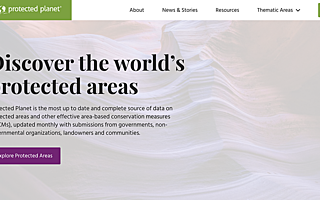
Protected Planet
Protectedplanet.net lets you discover the world's most incredible places through elegant mapping and intuitive searching. (You can edit them too!)
